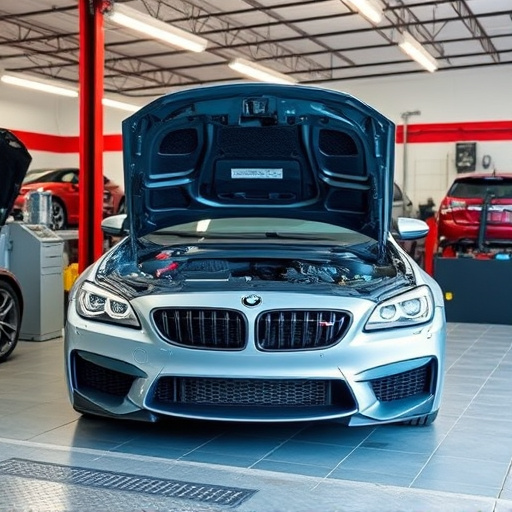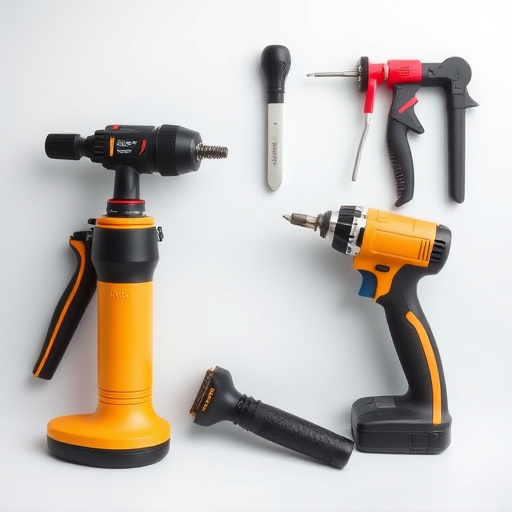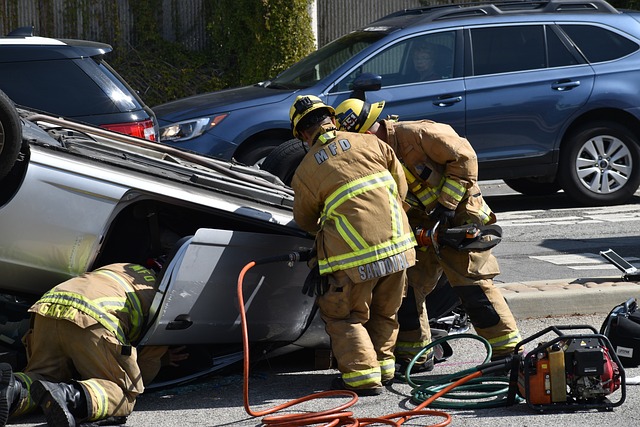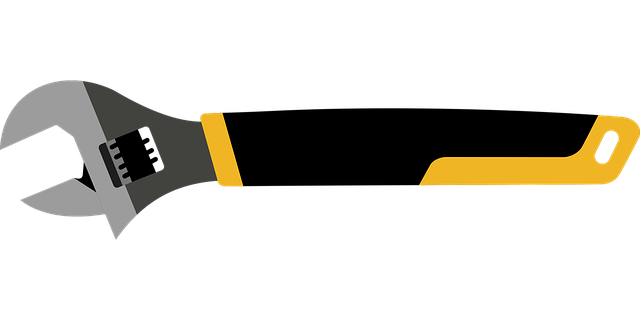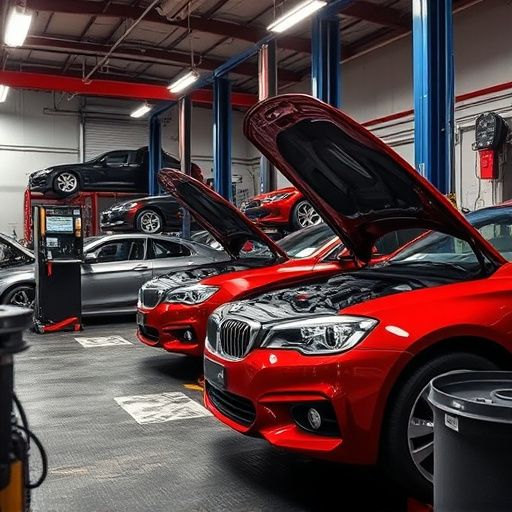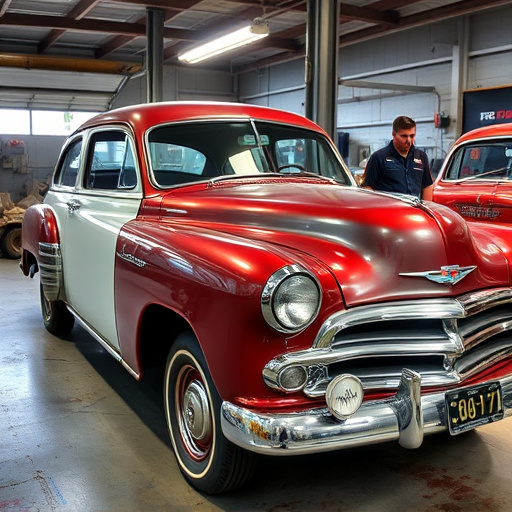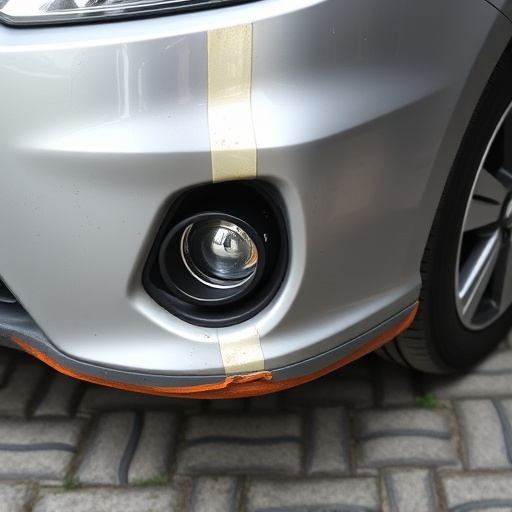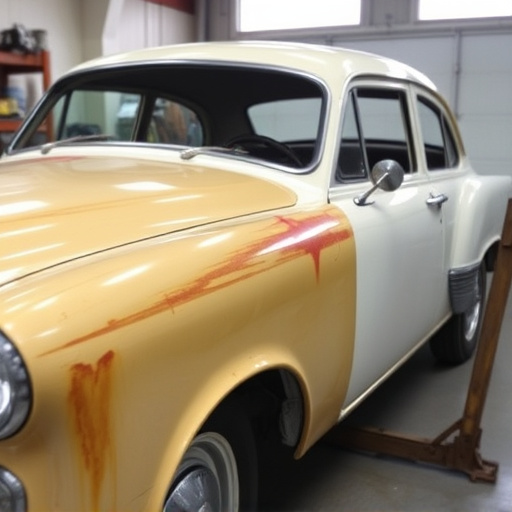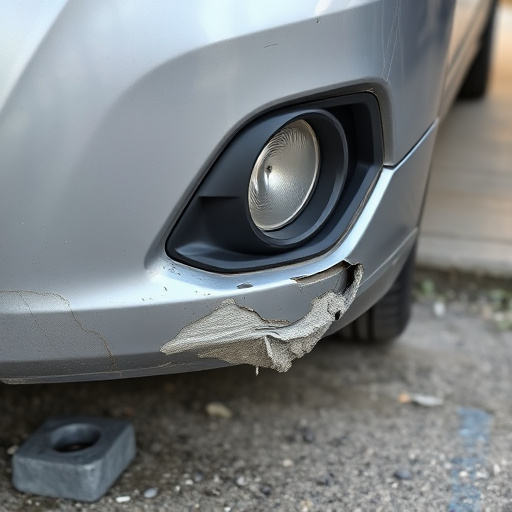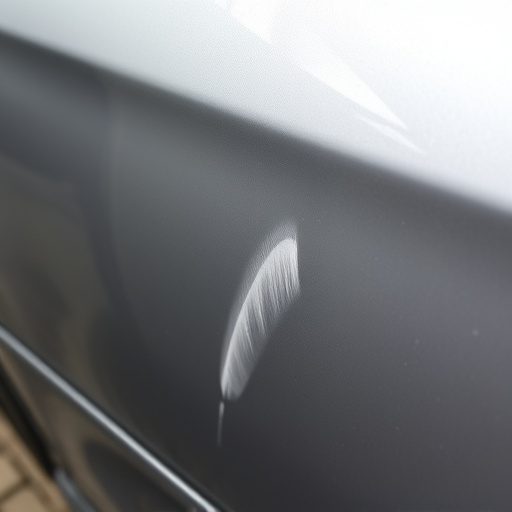Passenger van body repair presents unique challenges due to its larger size and specialized components. Skilled technicians utilize advanced tools like hammers, clamps, and spot welding equipment, along with meticulous frame straightening, to restore structural integrity. Safety features require precise handling during repairs, minimizing downtime for businesses relying on these vans for transporting cargo or passengers. Professional-quality repairs demand strict adherence to safety protocols, quality control measures, and rigorous inspection to ensure long-lasting results, enhancing vehicle safety, reliability, and fostering customer satisfaction.
In the realm of automotive body repair, passenger van body repair stands out due to its unique challenges. This article delves into the key elements that underpin success in this specialized field. We explore understanding the specific hurdles, mastering essential tools and techniques, and implementing stringent quality control measures to ensure long-lasting results. By focusing on these aspects, professionals can elevate customer satisfaction, making each repair a testament to their expertise and craftsmanship.
- Understanding the Unique Challenges of Passenger Van Body Repair
- Essential Tools and Techniques for Successful Repairs
- Ensuring Long-Lasting Results: Quality Control and Customer Satisfaction
Understanding the Unique Challenges of Passenger Van Body Repair
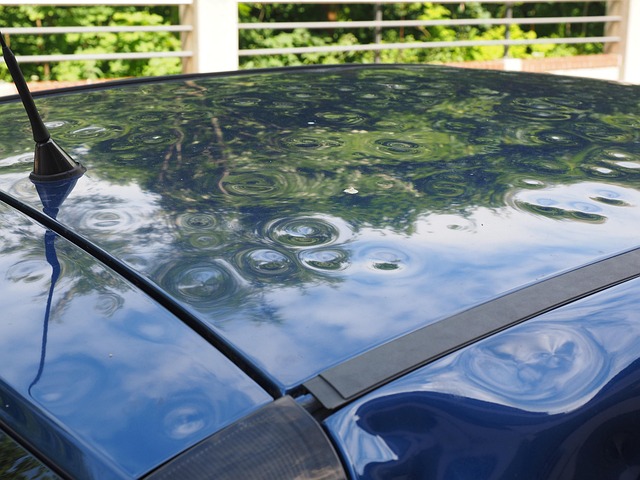
Passenger van body repair presents distinct challenges compared to repairing smaller vehicles or specialty cars. The larger size and unique structural components of vans necessitate specialized equipment and skilled technicians. Moreover, these vehicles often serve as workhorses for businesses, carrying valuable cargo or multiple passengers, meaning swift repairs are crucial to minimize downtime and maintain operations.
In a collision center or collision repair shop, van body repair requires meticulous frame straightening to ensure structural integrity is restored. The body panels must be carefully aligned and welded back together, taking into account the specific design nuances of passenger vans. Additionally, the safety features and systems unique to these vehicles, such as sliding doors or cargo management solutions, demand precise handling during the repair process.
Essential Tools and Techniques for Successful Repairs
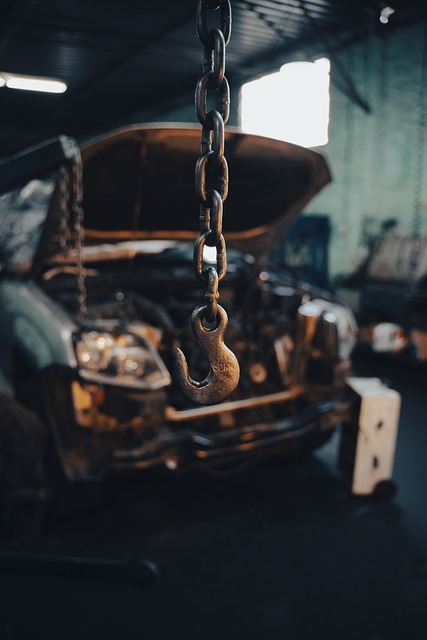
Successful passenger van body repair requires a well-equipped toolbox and a proficient understanding of auto repair techniques. Among the essential tools are specialized dents removal tools, such as hammers, clamps, and mallets, which aid in shaping and realigning damaged panels. Additionally, a supply of various sizes and types of spackling compounds and paint is crucial for filling and finishing scratches and dings, ensuring seamless integration with the van’s original body.
Techniques like spot welding and panel replacement are fundamental. Spot welding involves precisely joining metal pieces together using high-current electrical passes, ideal for reinforcing damaged areas without disturbing surrounding panels. Panel replacement, on the other hand, requires skill to accurately cut out and install new sections, matching the original specifications for a perfect finish. Proficiency in these methods, coupled with an eye for detail and adherence to safety protocols, is key to achieving top-notch passenger van body repair, rivaling the quality of auto body services provided by professionals.
Ensuring Long-Lasting Results: Quality Control and Customer Satisfaction
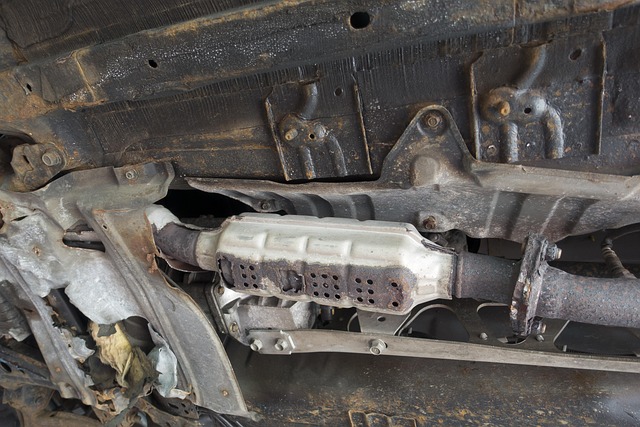
Ensuring long-lasting results is paramount in passenger van body repair. Quality control measures are critical to achieving customer satisfaction and maintaining the integrity of the vehicle. Skilled technicians employ meticulous techniques and rigorous inspection protocols to guarantee that every panel is precisely aligned, every paint job is flawless, and all structural components are restored to their original strength. This dedication ensures not only a visually appealing van but also one that performs as well as new, enhancing safety and reliability on the road.
Customer satisfaction is the ultimate goal of any car body shop offering collision repair services. By prioritizing quality control, shops can deliver exceptional vehicle restoration results that meet or exceed expectations. Satisfied customers are more likely to recommend the shop to others, fostering a positive reputation and driving repeat business. This cycle of high-quality work, satisfied clients, and robust word-of-mouth marketing is key to success in the competitive passenger van body repair industry.
Passenger van body repair is a specialized craft that requires a deep understanding of unique challenges and adherence to quality control measures. By mastering essential tools, techniques, and maintaining a focus on customer satisfaction, professionals can achieve long-lasting results. This ensures not only the safety and reliability of the vehicles but also enhances the overall passenger experience, making every journey smooth and stress-free.
